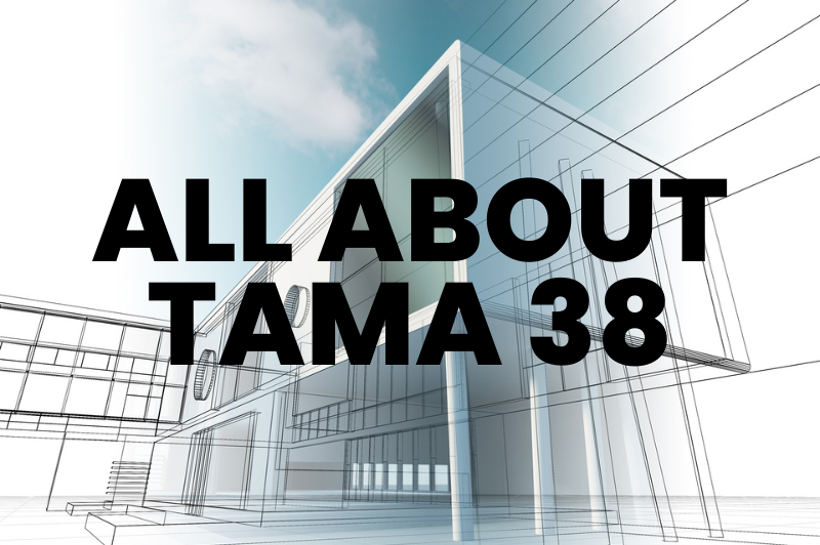Unveiling the Secrets of TAMA 38
A decade ago, the concept of TAMA 38 was relatively unknown to most. While we won't delve too deeply into the technicalities, this blog aims to shed light on crucial factors to consider when contemplating a purchase in a TAMA 38 project or a new construction development.
First, a little background: TAMA 38-1 involves strengthening and refurbishing an existing old building, providing additional space to current apartment owners, with the developer gaining ownership of the newly constructed floors on top. Optional parking and storage facilities may also be included, depending on the case.
On the other hand, TAMA 38-2 entails demolishing an old building and starting fresh with a complete rebuild. Here, existing owners retain their apartments, while the developer assumes ownership of the newly constructed floors.
Additionally, there's Pinui Binui, which shares certain similarities with TAMA 38-2 but is usually a bigger-scale development of a number of buildings.
So, why would someone opt for TAMA 38-1 when TAMA 38-2 or Pinui Binui are available? Let's consider a few key points:
Location Matters
The choice may depend on where these buildings are located. If a prime location offers a TAMA 38-1 opportunity without alternatives like TAMA 38-2 or Pinui Binui, it becomes an attractive proposition for potential buyers.
Price Considerations
TAMA 38-1 often steals the limelight due to its competitive price point. It can be significantly cheaper than investing in a luxury new build or completely new construction due to the differences between refurbishing and starting from scratch.
Ownership
Another critical aspect shared by both TAMA projects is the ownership structure. In both TAMA 38-1 and TAMA 38-2, and Pinui Binui, existing residents retain ownership of their apartments when the project concludes.
However, this isn't the case in a brand-new construction where there was no pre-existing building. This factor isn't necessarily a drawback but something worth contemplating.
Residents who have undergone the transformation process might feel uneasy or bitter about it, possibly causing a disconnect with the new buyers moving in.
Conclusion
The TAMA and Pinui Binui processes are extensive and require patience. While new builds also involve a lengthy process, only the developer bears that burden, not the current owners.
On the market, there are viable options to explore, such as a fantastic new TAMA 38-2 project recently featured in our newsletter. Finding a TAMA 38-2 opportunity in prime areas like Jerusalem is usually quite rare but potentially rewarding.
Ultimately, each option has its merits, but it's crucial to delve into the specifics of each building, the offerings they provide, and the processes involved.
Making an informed decision ensures a smooth and satisfying investment experience for everyone involved.
(This article is not data-based but rather based on Ben Levene's personal market experience and opinions. No decisions should be made without thorough due diligence and professional financial advice.)
See all our Jerusalem projects and Jerusalem Real Estate.

